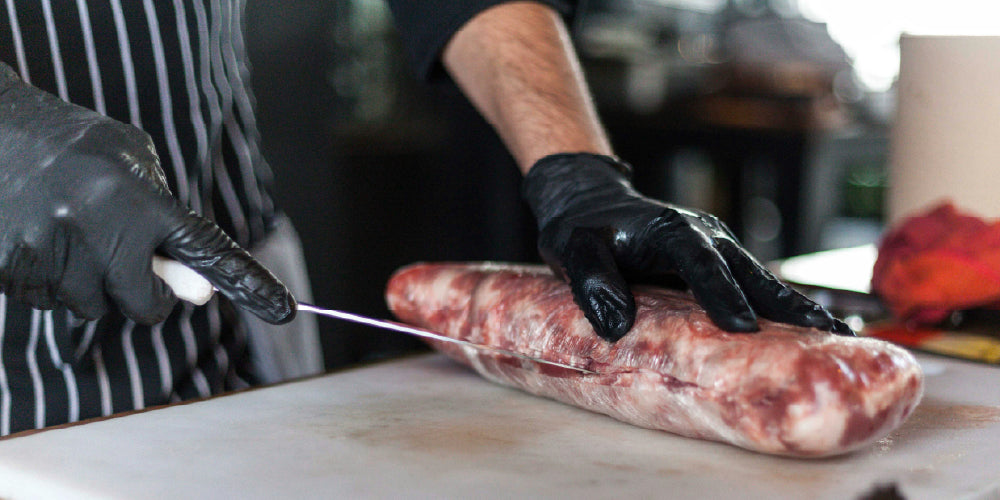Have you ever gazed at your sketchbook, filled with doodles, illustrations, or paintings, and thought, “These would make awesome stickers!“
Well, you’re not alone! Many artists have transformed their artistic passions into thriving sticker businesses, and you can too!
The journey from sketchbook to sticker might seem daunting at first, but fear not! This guide is here to walk you through the process, step by step, addressing those common concerns about production, quality, and pricing that often hold artists back. Get inspired, too, by some of the talented artists we have worked with!
@kenzopaints some cool faces and makes stickers out of them.
1. Preparing Your Artwork
Choosing the Right Artwork: Not every sketch is destined for sticker stardom. Consider your target audience and what designs might resonate with them. Whimsical illustrations? Bold graphics? Inspirational quotes? The choice is yours!
Digitising Your Art: If your artwork is on paper, a high-resolution scan is your next step. If you’re already working digitally, ensure your file is high quality (300 DPI or higher) for a crisp, clean print.
File Formats The safest file format to save your artwork is as a PNG. However, if you have more designing experience along with the appropriate tools, we do recommend saving the artwork as a vector format like SVG, Ai, or PDF for the best print result. Whatever file format you have, your printer should always notify you if your artwork has potential printing issues prior to printing. This avoids the pains of blurry or pixelated print and ensures you're only getting the stickers you envisioned.

Anteaters in Naarm Stickers by Oceane.
2. Understanding Sticker Production
Types of Stickers: Die-cut stickers follow the exact shape of your design, while kiss-cut stickers have a square or rectangular backing that’s easy to peel off. Choose the type that best suits your artwork.
Sticker Materials: Vinyl stickers are durable and weather-resistant, making them perfect for water bottles or laptops. Paper stickers are more affordable and offer a matte or glossy finish. And for a touch of magic, holographic stickers can add a captivating shimmer to your designs.
Finishes: A matte finish gives a smooth, non-reflective look, while a glossy finish adds shine. Consider what complements your artwork best.
Sticker Sizes: Standard sizes like 5cm or 7.5cm circles are popular, but don’t be afraid to experiment with custom shapes and sizes to make your stickers unique.
Printing Methods: Most sticker printers use digital printing, which is perfect for smaller runs and offers vibrant colours. Offset printing is typically used for larger quantities and can be more cost-effective.
3. Choosing a Sticker Printer
Key Considerations: When selecting a printer, prioritise print quality, competitive pricing, fast turnaround times, and excellent customer service. Don’t hesitate to ask for samples to see and feel the quality firsthand.
Wonderful creature stickers for @rommoynihanart.
-
At Stickeroo, we pride ourselves on delivering top-notch sticker printing with a wide range of material and finish options. Our dedicated team is committed to helping artists bring their visions to life.
Blog thumbnail by Koushik Chowdavarapu on Unsplash










Leave a comment (all fields required)